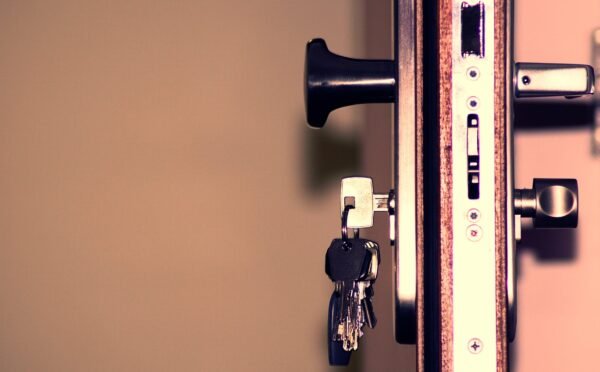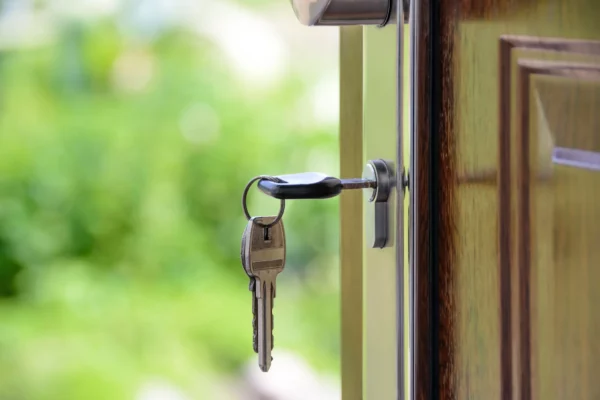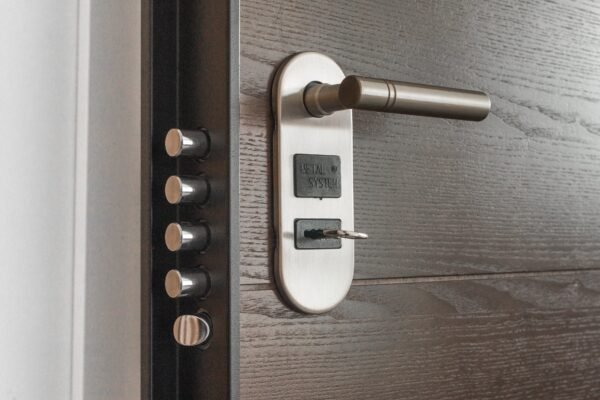
A door lock is an essential part of our daily lives, providing security and privacy to our homes, offices, and other spaces. However, like any other mechanical device, door locks can malfunction or wear out over time. When this happens, you may be tempted to call a professional locksmith to fix the problem. But before you do that, consider trying to fix the lock yourself. With some basic knowledge, the right tools, and a little patience, you can save money and learn a valuable skill in the process. If you find yourself in a situation where DIY methods don’t work, it’s always a good idea to seek the expertise of a trusted professional, like a Rockingham locksmith, to ensure your security needs are met effectively.
In this article, we will guide you through the process of fixing your own door lock. We will cover common lock problems, the tools you will need, and step-by-step instructions for fixing various types of locks. So, let’s get started!
Common Door Lock Problems

There are several common issues that you may encounter with your door lock. Some of these problems can be easily fixed, while others may require more advanced skills or even a complete lock replacement, although if you don’t know much about tools and repairs you may need a locksmith as you need well installed lock, since this is the security of your home. Here are some common door lock problems:
1. Stuck or jammed lock: This can be caused by dirt, debris, or a misaligned latch or bolt. A stuck lock can be difficult to turn or may not turn at all.
2. Loose or wobbly lock: This can be caused by wear and tear or improper installation. A loose lock may not provide adequate security and can be easily forced open.
3. Key won’t turn or gets stuck in the lock: This can be caused by a worn or damaged key, a misaligned lock cylinder, or a broken internal mechanism.
4. Door won’t latch or stay closed: This can be caused by a misaligned strike plate, a worn latch, or a damaged door frame.
5. Lock is difficult to lock or unlock: This can be caused by a misaligned latch or bolt, a worn key, or a damaged lock cylinder.
Tools and Supplies You Will Need
Before you begin fixing your door lock, make sure you have the necessary tools and supplies on hand. Here is a list of items you may need:
1. Screwdriver set: A set of flathead and Phillips head screwdrivers in various sizes will be useful for removing and installing screws.
2. Pliers: Needle-nose pliers can be helpful for gripping small parts and manipulating lock components.
3. Lubricant: A dry graphite or silicone-based lubricant is recommended for lubricating lock cylinders and other moving parts.
4. Locksmith supplies: If you need to replace or repair internal lock components, you may need specialized locksmith supplies, such as pinning kits, rekeying tools, or lock picks. These can be found online or at a local locksmith shop.
5. Replacement parts: Depending on the issue, you may need to purchase replacement parts, such as a new latch, bolt, or lock cylinder.
Step-by-Step Guide to Fixing Your Door Lock

Now that you have identified the problem and gathered the necessary tools and supplies, it’s time to start fixing your door lock. Follow these steps to address common lock issues:
1. Stuck or jammed lock:
a. First, try lubricating the lock cylinder with a dry graphite or silicone-based lubricant. Insert the nozzle of the lubricant into the keyhole and give it a few short bursts. Then, insert the key and turn it back and forth several times to distribute the lubricant.
b. If the lock is still stuck, remove the lock from the door by unscrewing the mounting screws on the interior side of the door. Once the lock is removed, inspect it for dirt, debris, or signs of damage. Clean any debris with a soft brush or cloth and lubricate the moving parts.
c. If the lock is still not functioning properly, you may need to replace the lock cylinder or the entire lock.
2. Loose or wobbly lock:
a. Tighten the mounting screws on the interior side of the door. If the screws are stripped or damaged, replace them with new ones.
b. If the lock is still loose, remove it from the door and inspect the internal components for wear or damage. Replace any damaged parts or consider replacing the entire lock.
3. Key won’t turn or gets stuck in the lock:
a. First, try lubricating the lock cylinder as described in step 1a.
b. If the key still won’t turn, inspect the key for signs of wear or damage. If the key is worn or bent, try using a spare key or have a new key made.
c. If the problem persists, remove the lock from the door and inspect the lock cylinder for signs of damage or misalignment. You may need to replace the lock cylinder or the entire lock. If you encounter difficulties with the replacement or need additional security measures, it’s advisable to seek the expertise of emergency locksmiths for professional locksmith assistance.
